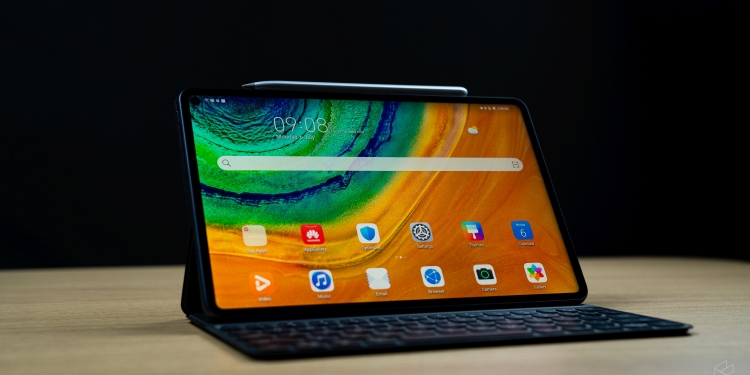If you ask me, the iPad is the gold-standard for the portable tablet, and with iPadOS, that lead over its rivals has only extended. That’s why it’s always hard to recommend other tablets. But, what if a manufacturer did their best to emulate the iPad experience? What would something like that look like? Well, I think it’d look something like the Huawei MatePad Pro.
However, while it may look like an iPad, have a name like an iPad, and even look a little like an iPad. I think that it’s the anti-iPad. That’s because while it’s easy to recommend the iPad, I simply can’t see why anyone would buy the Huawei MatePad Pro.
Of course, that’s not to say that there is nothing good about the MatePad Pro. In fact, it has quite a lot going for it especially in the hardware department. You should watch the video for my full thoughts, but for those who can’t, here are the bullet points:
The Pros
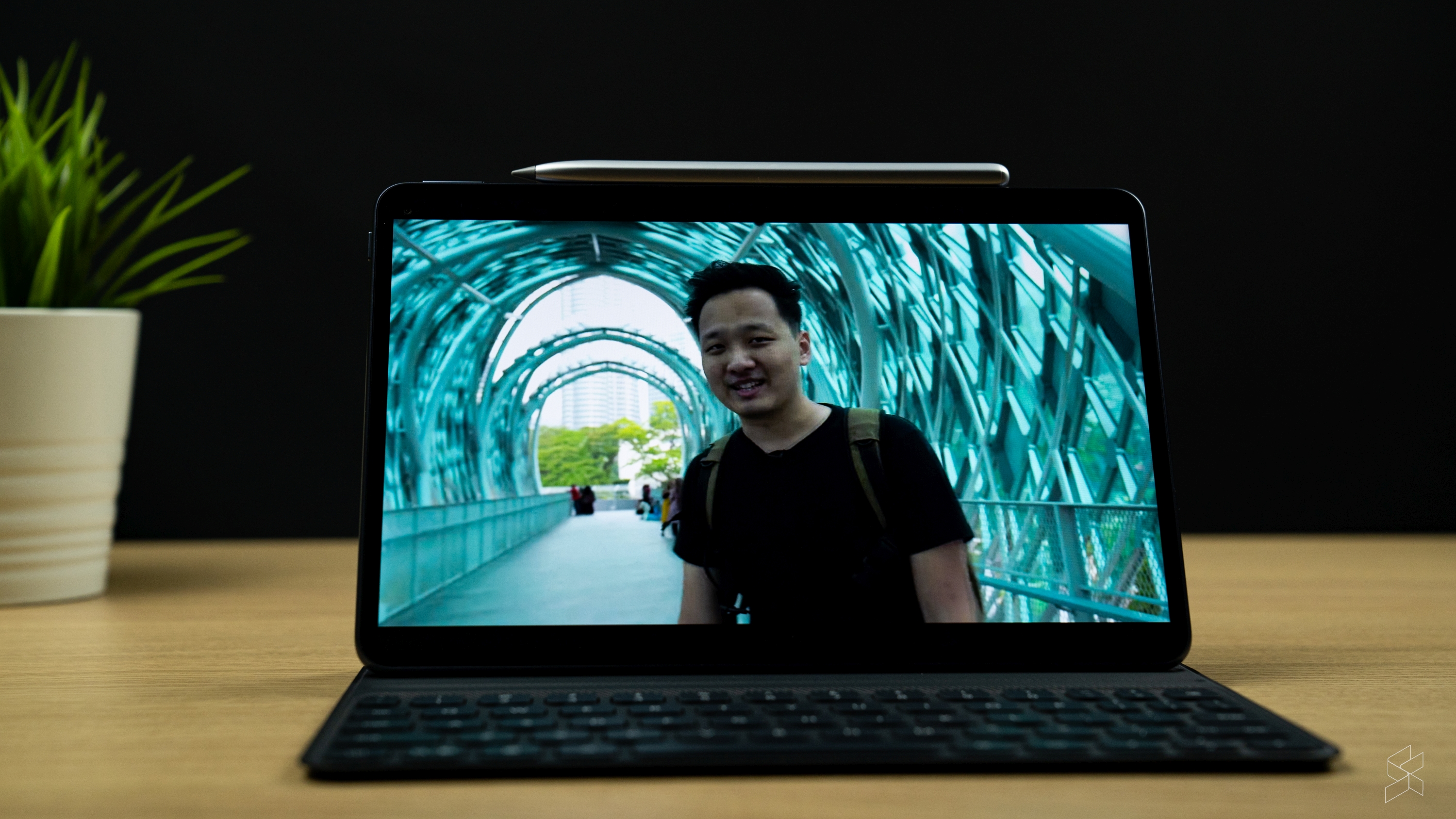
First off, there’s a nice 10.8″ LCD display that pushes a resolution of 2560×1600 pixels. It’s sharp with good contrast and pretty accurate colours to my eye. However, there is a little shadow around the punch hole, which is a bit of a bummer.
The device is also well built, and in a nice size thanks to the slim bezels up front. It has a solid metal build that feels pretty premium, so I have no issues with it here.
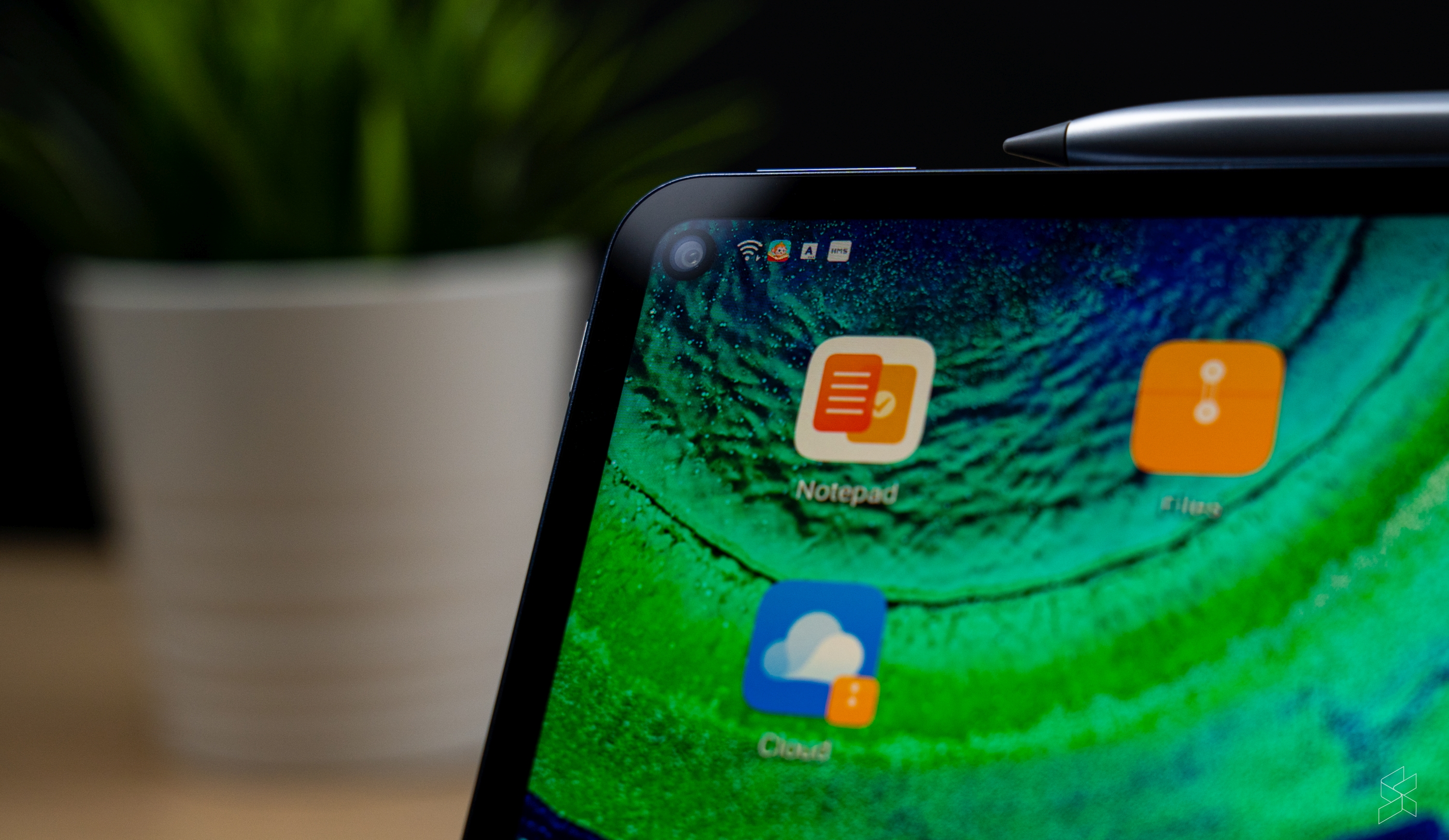
There are quad speakers (two on each side) flanking the display that sound pretty good. I do wish there was a little bit more volume, but for a device of this size they sound pretty good.
Face unlocking also works well, and in both orientations, but there’s no fingerprint scanner.
Performance felt smooth during my time with it, and it also comes with a 7,250 mAh battery with support for 40W SuperCharge fast wired charging, 27W fast wireless charging as well as 7.5W reverse wireless charging.
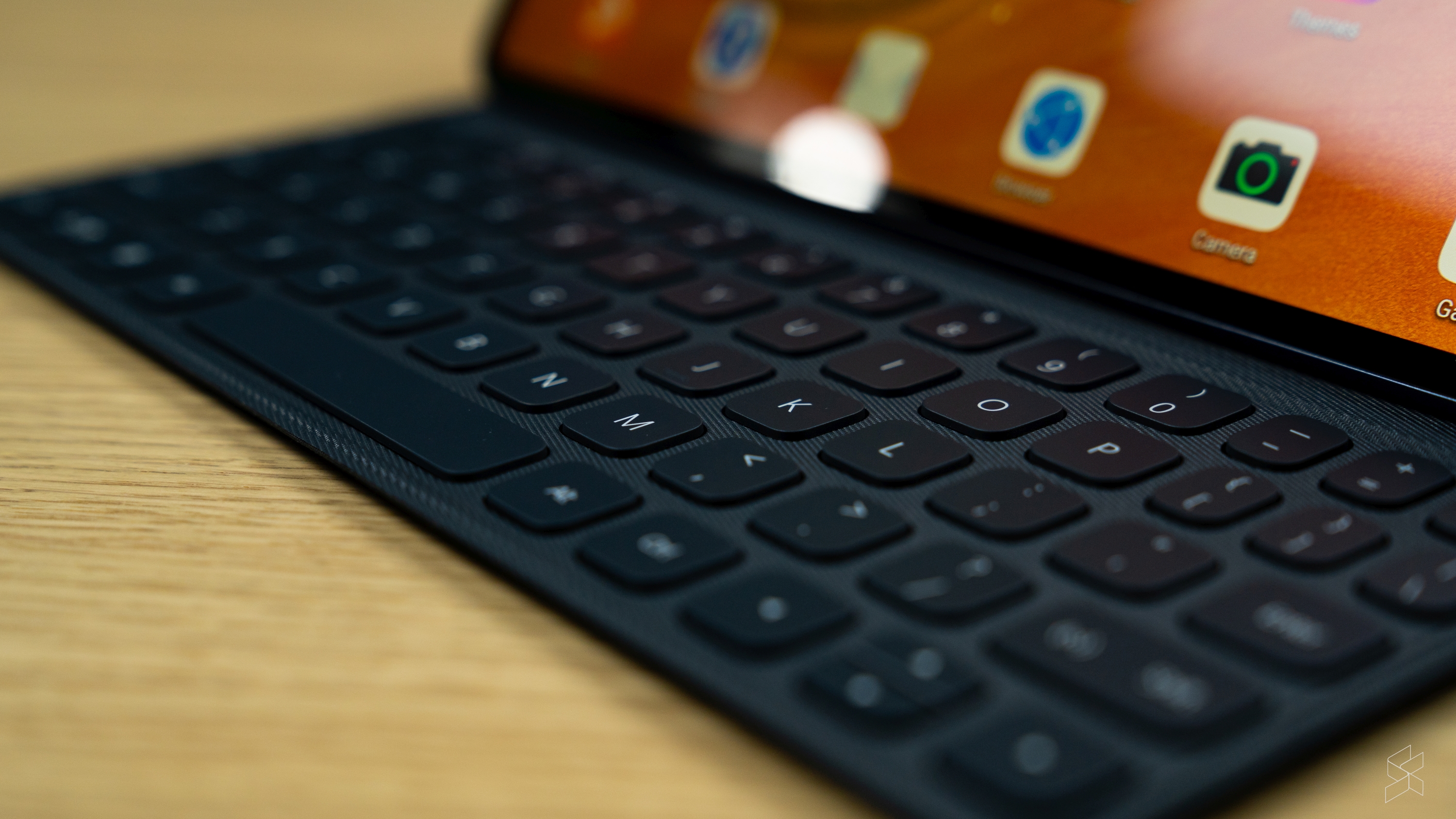
You can get the Huawei MatePad Pro with two accessories which are sold separately. There’s a keyboard and also the Huawei M-Pencil. While I think the keyboard has a pretty solid typing experience thanks to the proper chiclet keys, the M-Pencil doesn’t feel nearly as good as something like an Apple Pencil.
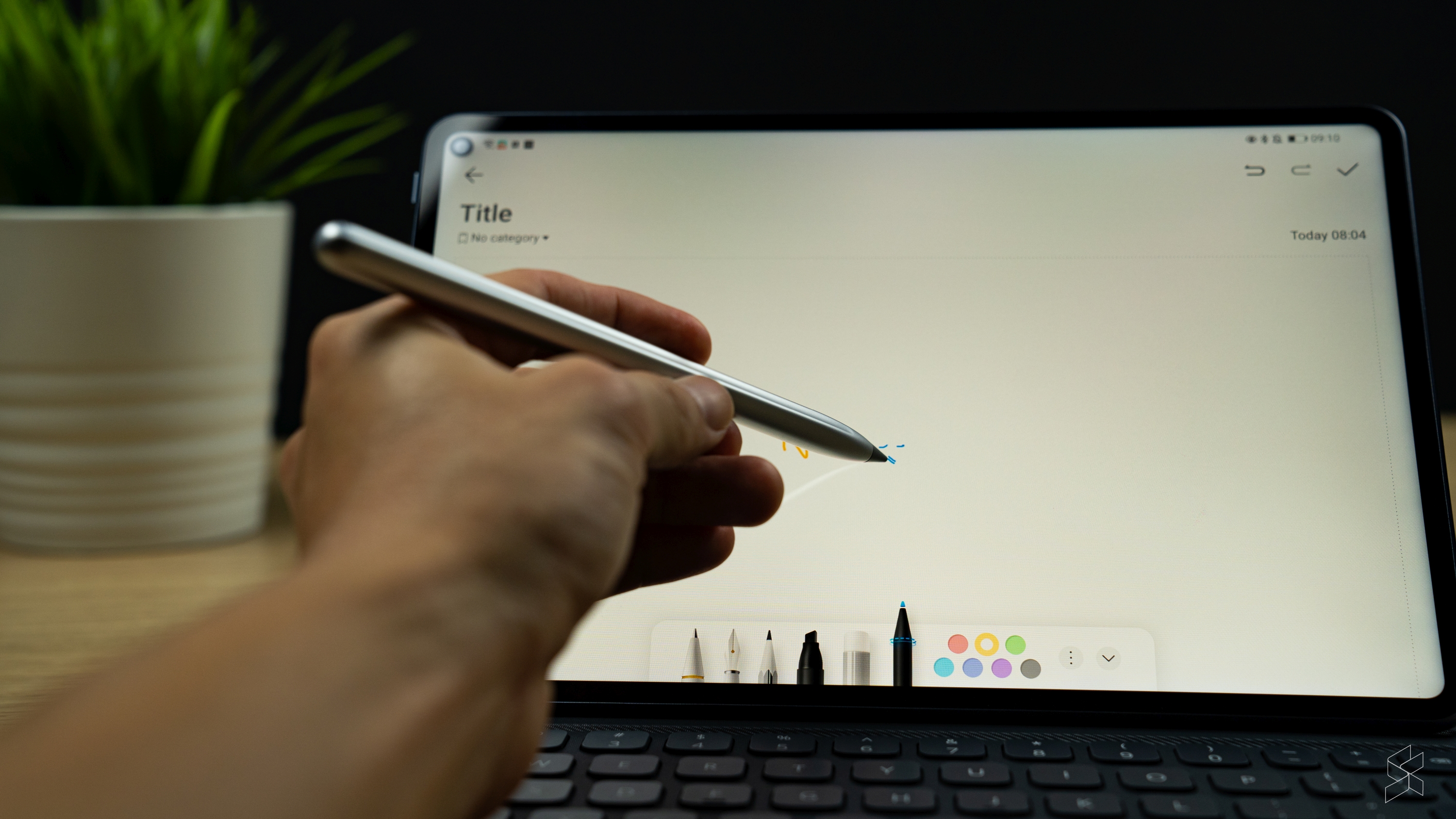
It is pressure sensitive, but it doesn’t have good feel when you write on the surface of the tablet, and it also doesn’t support tilt. Though, my biggest issue with the M-Pencil is the fact that there’s a noticeable delay between my movement and it being registered on the tablet.
The Cons
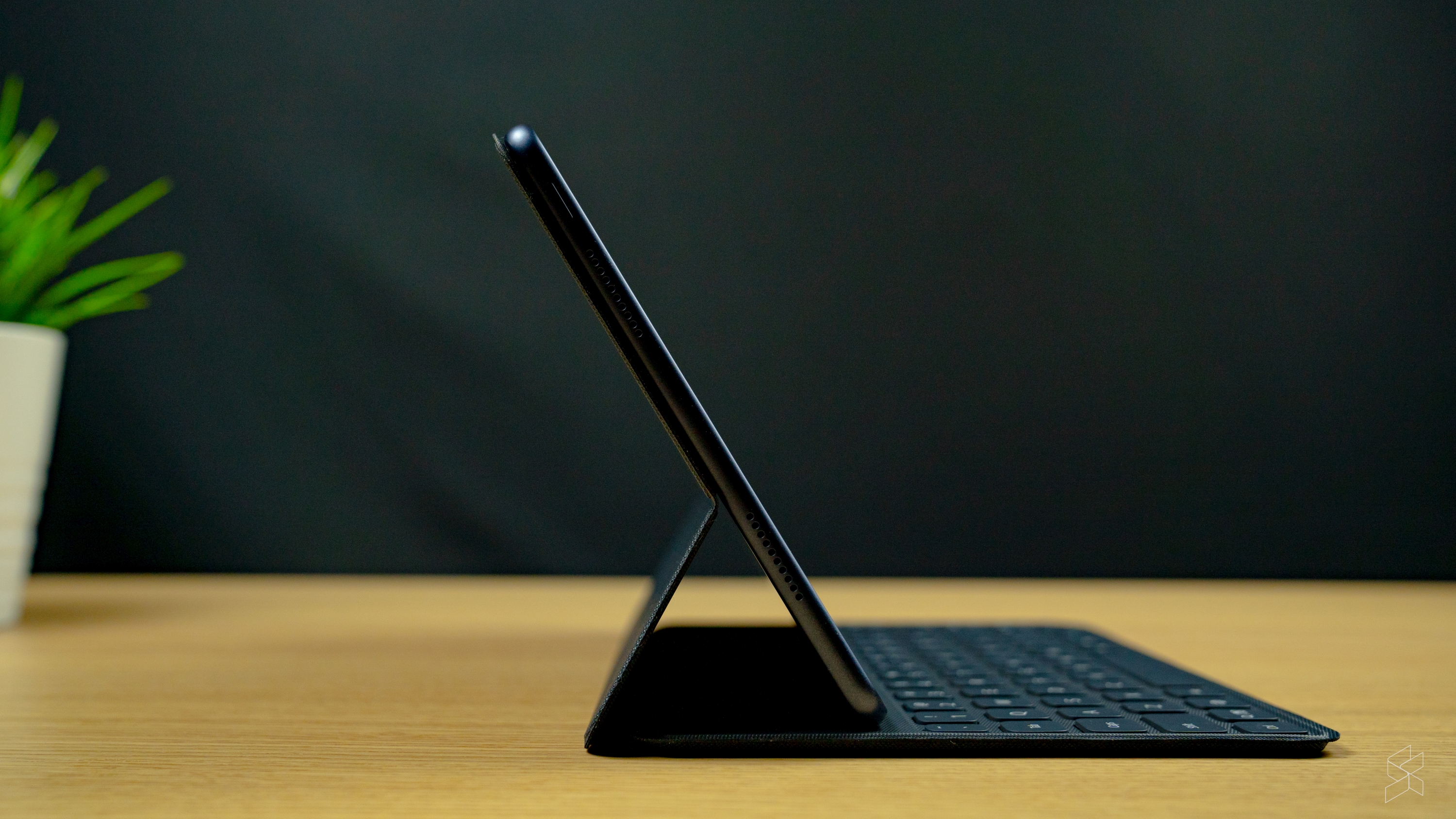
The biggest issue with this tablet is that it does not come with Google’s Mobile Services. And that, severely limits this tablet’s capabilities in my opinion.
For example, with a tablet like this that has a nice screen and good speakers, you’d think that it would be a good Netflix machine on the go. But, you don’t have access to Netflix because it’s not in the App Gallery. You can’t watch Netflix through the Huawei browser either, not even when you request the desktop site. You can watch YouTube on the web browser though.
Then, for me, it didn’t work very well as a productivity device either. There was no access to Microsoft Office, nor was I able to access my Google Docs and Sheets. You do get WPS office, so I guess if you don’t mind you could use that instead. But my work pretty much lives on Google so it’s no bueno for me.
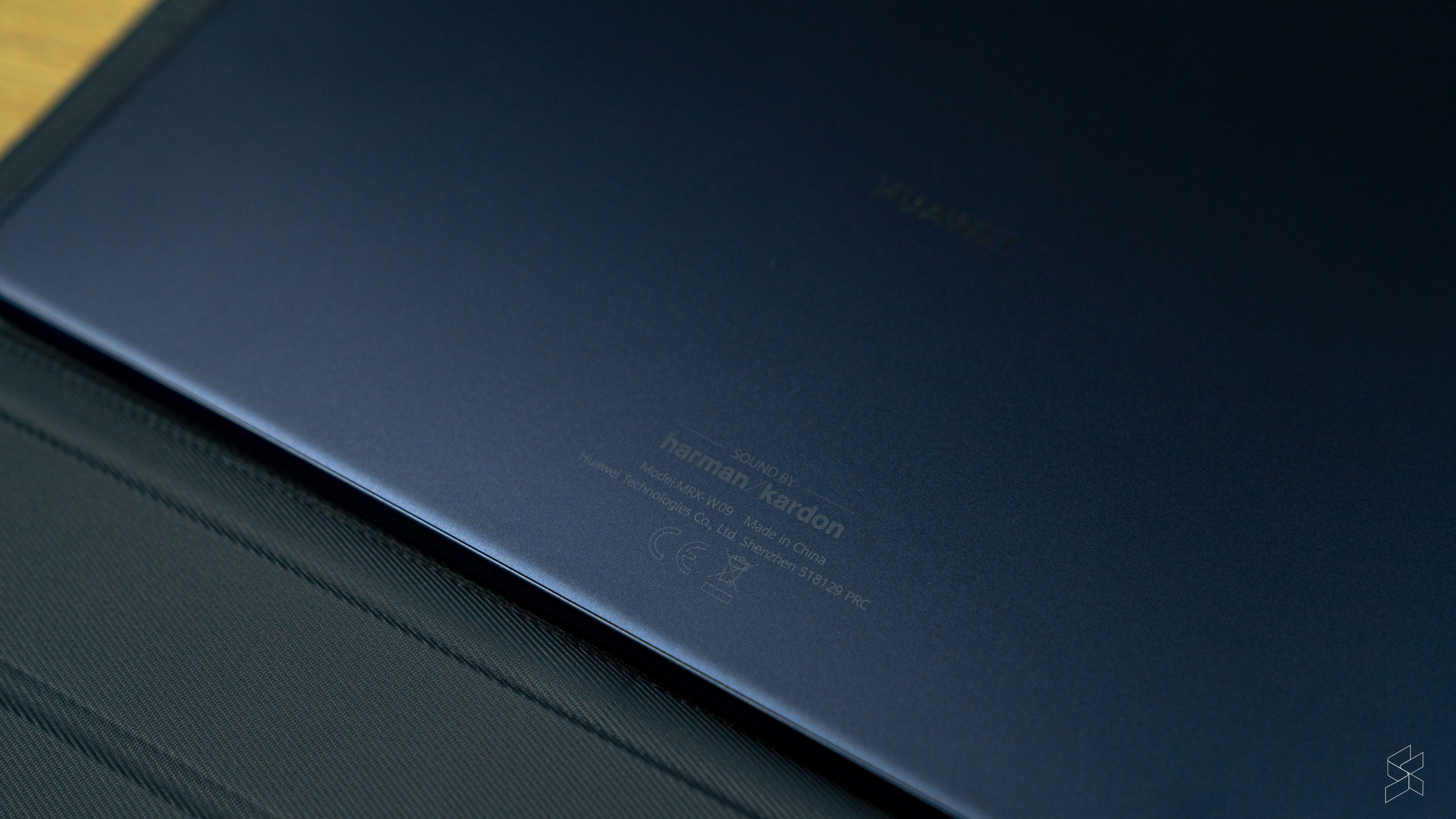
I also tried using it for photo editing, maybe as a quick portable solution to get photos out of my camera and into social media. But, again I wasn’t able to find my go-to apps like Lightroom and Snapseed in the App Gallery.
The fact that I’m able to get more access to apps, and even Google’s own apps, on an iPadOS device compared to an Android device really speaks volumes to how limited this ecosystem currently is.
Of course, there is one alternative to the whole app problem, which is to sideload the apps you need. But, I can never recommend that you do that because there are always risks associated with doing that.
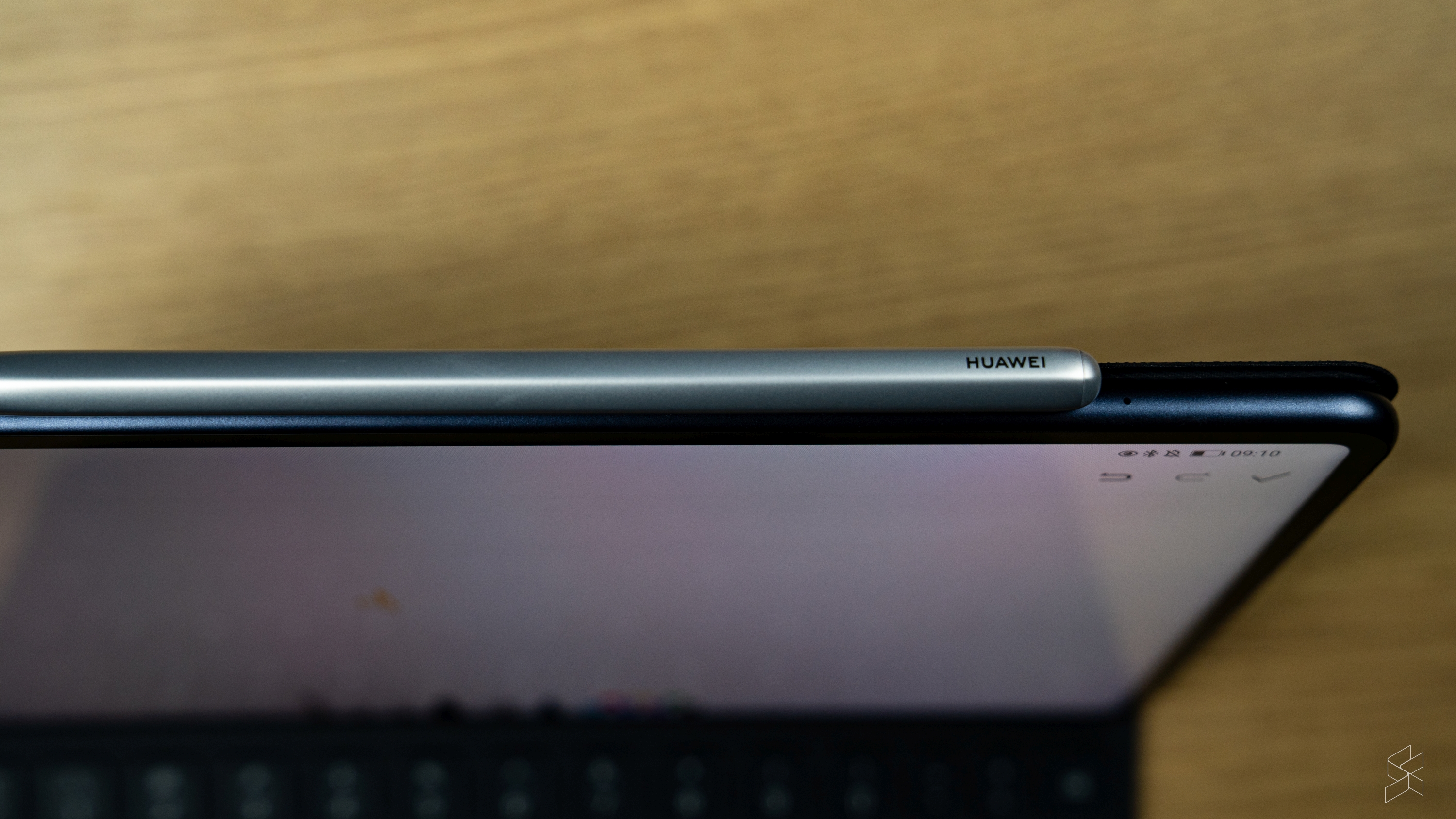
I was also not a fan of the way you navigated through the MatePad Pro. It feels like they ripped off the iPadOS gesture system, but did a poor job of it. The dock, for example, just felt like an afterthought, which is disappointing.
The Bottom Line
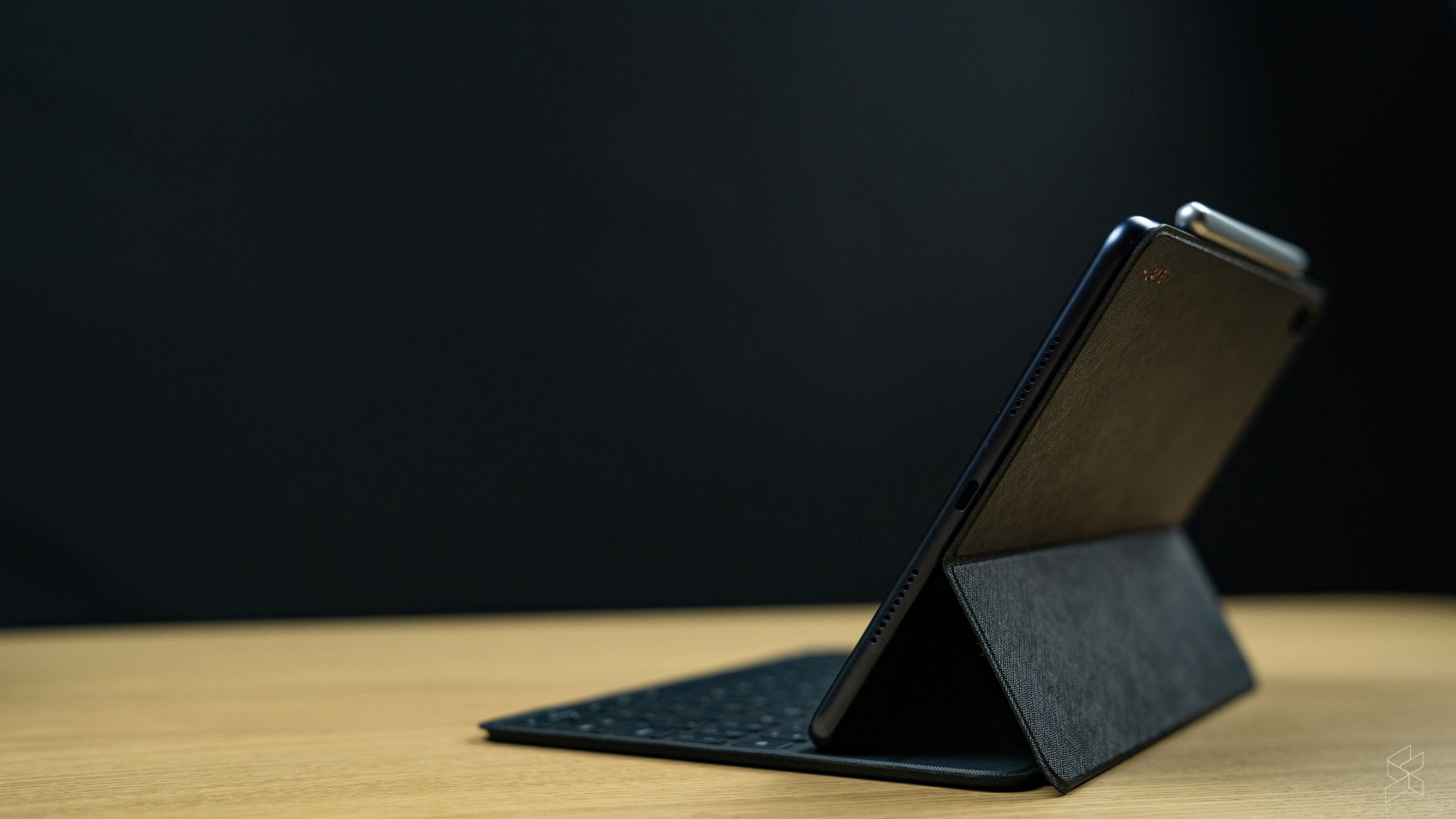
Before considering whether or not you should be picking up the MatePad Pro, you should first ask yourself if you really need an Android tablet. And if you do, is this really the Android tablet you want to buy? For me, it’s a no.
The Huawei MatePad Pro is priced at RM2,898 if you want to get it with the keyboard and M-Pencil combo. That’s about RM1,000 cheaper than an equivalent iPad Air which is a big saving. But, the limitations you’ll have to deal with simply don’t seem worth the savings right now if you ask me.
Photography by Zachary Yoong with the Sony A7 III.

